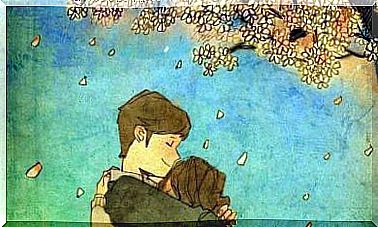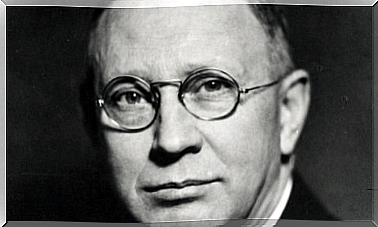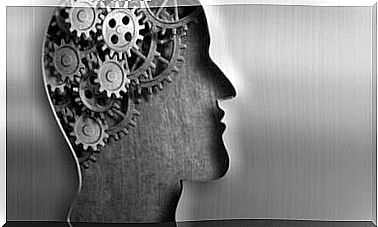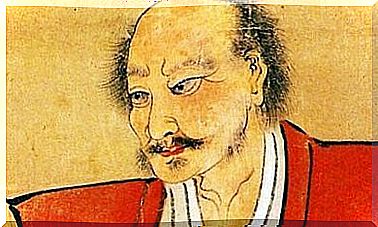Piaget And His Theory On Learning
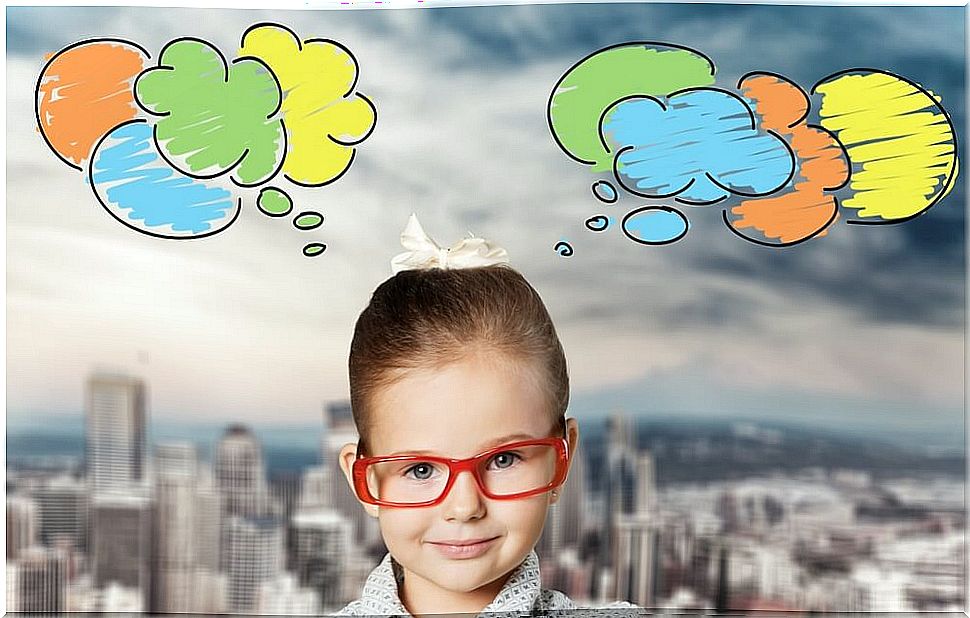
Jean Piaget is one of those names written in gold letters in psychology. His theory on infant cognitive learning makes us know him today as the father of modern pedagogy. He discovered that the principles of our logic begin to be installed before the acquisition of language itself, being generated through sensory and motor activity in interaction with the environment, especially with the sociocultural environment.
Psychic development, which begins at birth and ends in adulthood, is comparable to organic growth: like the latter, it essentially consists of a march towards equilibrium. In the same way, in effect, that the body evolves to a relatively stable level, characterized by the end of growth and by the maturity of the organs, mental life can also be conceived as if it were evolving in the direction of a final form of equilibrium. , represented by the adult person.
Its influence on the psychology of learning starts from the consideration that this is carried out through mental development, through language, play and understanding. For this, the first task of the educator is to generate an interest as an instrument with which to understand and act with the student. These investigations, carried out for almost forty years, not only try to get to know the child better and improve pedagogical or educational methods, but also include the person.
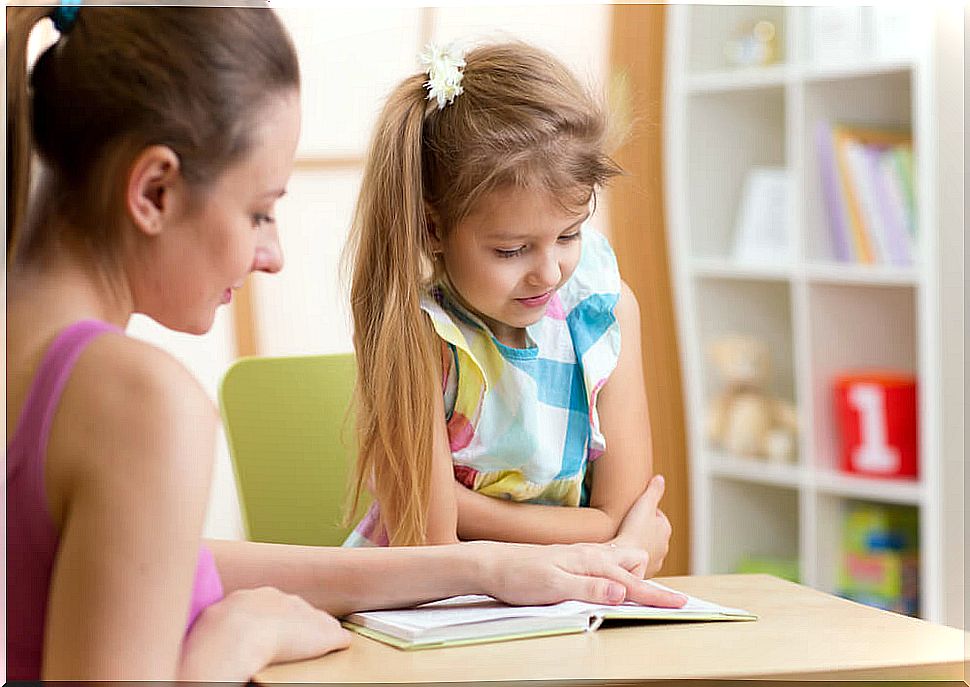
Piaget’s main idea is that it is essential to understand the formation of the child’s mental mechanisms in order to grasp their nature and functioning in the adult. His pedagogical theorization was based on the psychological, logical and biological. This is reflected in his definition of the action of thinking, where it starts from some pillars conditioned by genetics and is built through sociocultural stimuli.
This is how the information that the person receives is configured. We always learn this information in an active way, no matter how unconscious and passive the information processing may seem.
We learn to adapt
Assimilation refers to the way in which an organism copes with a stimulus from the environment in terms of current organization, while accommodation implies a modification of the current organization in response to the demands of the environment. Through assimilation and accommodation we are cognitively restructuring our learning throughout development (cognitive restructuring).
Accommodation or adjustment is the process by which the subject modifies his schemata, cognitive structures, in order to incorporate new objects into that cognitive structure. This can be achieved by creating a new scheme or modifying an existing scheme, so that the new stimulus and its natural and associated behavior can be integrated as part of it.
Assimilation and accommodation are two invariant processes throughout cognitive development. For Piaget, assimilation and accommodation interact with each other in a process of balance. This can be seen as a regulatory process, at a higher level, that directs the relationship between assimilation and accommodation.
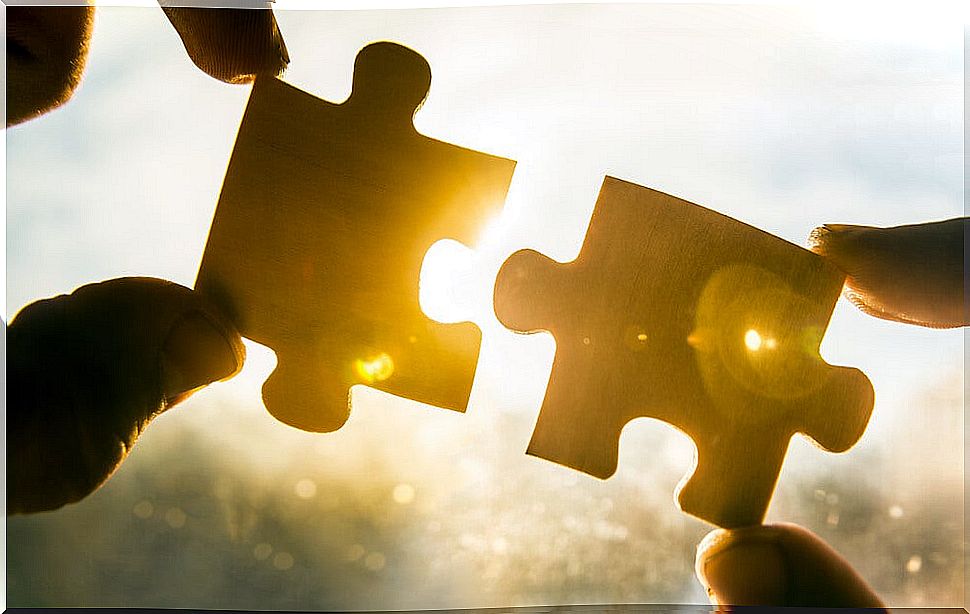
John Lennon said that life is what happens to us while we are making other plans, and many times it seems that way. Human beings need a certain security to live in peace, and for this reason we create the illusion of permanence, that everything is static and nothing changes, but it really is not. Everything is constantly changing, including us, but we are not aware of it, until the change is so evident that we have no choice but to face it.
Through language we socialize
During early childhood we witness a transformation of intelligence. From being simply sensory-motor or practical, it becomes thought proper, under the double influence of language and socialization.
Language, in the first place, by allowing the subject to explain their actions, facilitates the reconstruction of the past, and therefore gives rise to evoke in its absence the objects towards which the previous behaviors have been directed.
It also allows us to anticipate future actions, not yet executed, until sometimes replacing them only by the word, without ever carrying them out. This is the starting point of thought as a cognitive process and of Piaget’s own thinking as well (Piaget 1991).
Indeed, language itself brings together concepts and notions that belong to everyone and that reinforce individual thought through a broad system of collective thought. The child is virtually immersed in this last thought when he can master the word.
In this sense, the same thing happens with thought as with behavior considered globally. Instead of fully adapting to the new realities that he gradually discovers and constructs, the subject must begin with a laborious incorporation of the data into his ego and his activity, and this egocentric assimilation characterizes both the beginnings of the child’s thought and those of his socialization. .

Behavior as the engine of evolution
In 1976, Piaget published a small book entitled “Behavior, Engine of Evolution “. In it, he exposes a perspective on the role of behavior as a determining factor of evolutionary change and not as a mere product of it, which would be the result of independent mechanisms of the action of organisms.
Piaget argues mainly with neo-Darwinian positions, since he considers that biological evolution does not occur only by natural selection, understood exclusively as the product of random genetic variability and differential rates of survival and reproduction based on adaptive advantages verified a posteriori. .
From this perspective, it would be a process independent of the organism’s behaviors and it would only be explained by the consequences, favorable or unfavorable, of the phenotypic changes caused by absolutely random mutations and their transmission throughout the generations.
The behavior for Piaget constitutes a manifestation of the global dynamics of the organism as an open system in constant interaction with the environment. It would also be a factor of evolutionary change, and to try to explain the mechanisms by which behavior would fulfill this function, he resorts to the concept of epigenesis and to his own explanatory model of adaptation in terms of assimilation and accommodation. By epigenesis is understood the reciprocal interaction between genotype and environment for the construction of the phenotype as a function of experience.

Piaget argues that all behavior involves the necessary intervention of internal factors. It also points out that all animal behavior, including human behavior, involves an accommodation to environmental conditions, as well as its cognitive assimilation, understood as integration to a previous behavioral structure.
Piaget’s contributions to education today
Piaget’s contributions to education are considered of extreme importance for the theory of education. Piaget is the founder of genetic psychology, which has significantly affected the educational theory and practice that has been generated around it, apart from the fact that it has varied over time, giving rise to different formulations. It is worth mentioning that many works have been developed based on the contributions of Piaget.
Jean Piaget’s work consists of his discoveries of human thinking from a biological, psychological and logical perspective. It is necessary to clarify that the concept of “Genetic Psychology” is not applied in a purely biological or physiological context, since it does not refer to or is based on genes; it is rather labeled as “genetic” for being his work developed with respect to the genesis, origin or principle of human thought.
One of the great contributions of Piaget to current education was to have established that in the first years of education in the child, the objective that is wanted in him is to achieve cognitive development, in short, the first learning. For this, it is essential and complementary what the family has taught and stimulated the child, giving him to learn some rules and regulations that allow him to assimilate in a school environment.
Another contribution of Piaget, which we can see reflected today in some schools, is that the theory given in a class is not enough to say that the subject has been assimilated and learned. In this sense, learning involves more pedagogical methods such as the application of knowledge, experimentation and demonstration.
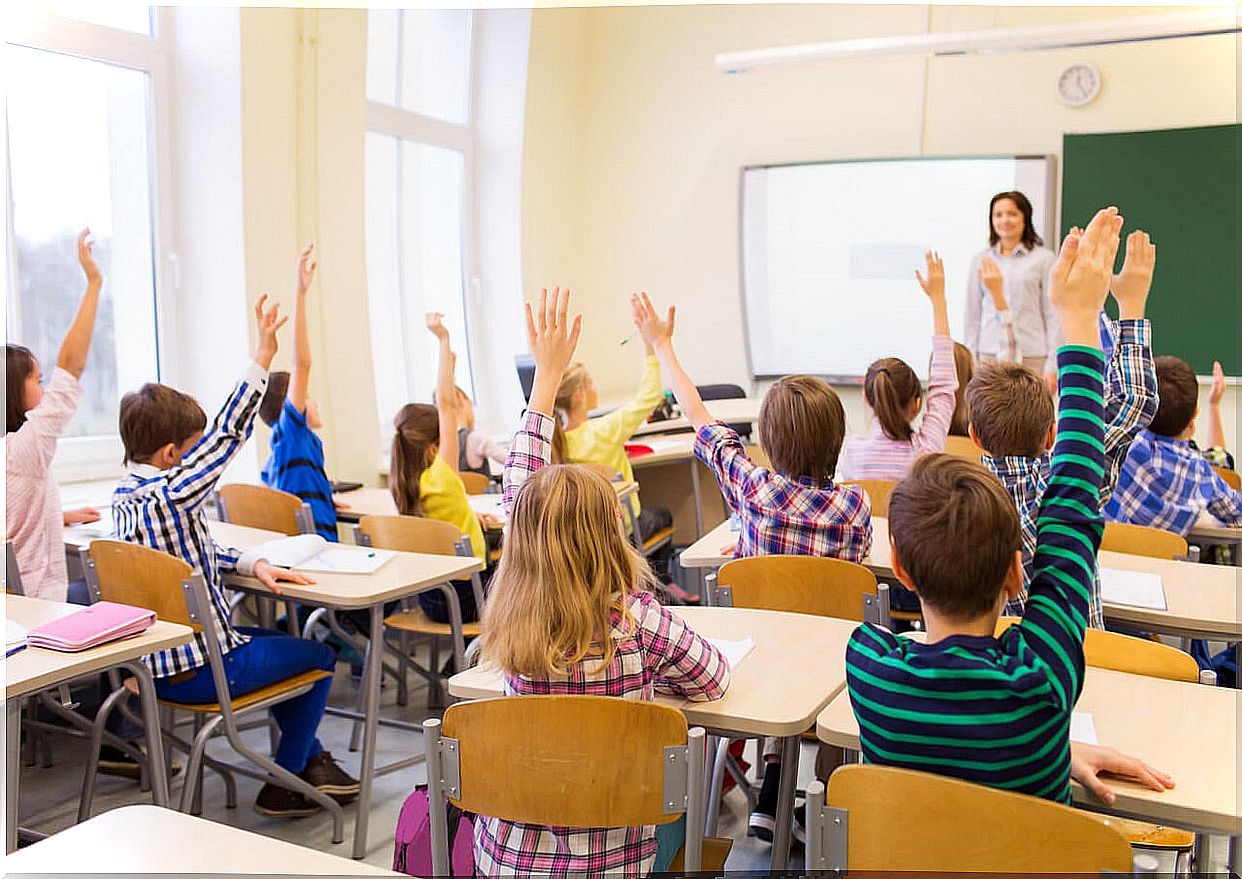
The main goal of education is to create people who are capable of innovating, not simply repeating what other generations have done. People who are creative, inventors and discoveries. The second goal of education is to form minds that are critical, that can verify and not accept everything that is transmitted to them as valid or true (Piaget, 1985).
A tour of Piaget’s theory would allow any teacher to know how the minds of students evolve. The central idea of Piaget’s theory is that knowledge is not a copy of reality, but is the product of an interrelation of the person with their environment. Therefore, it would always be individual, particular and peculiar.
Bibliography
Piaget, J. (1987). The moral criterion in the child . Martínez Roca editions.
Piaget, J. (1981). Piaget’s theory. Childhood and Learning , 4 (sup2), 13-54.
Piaget, J. (1985). The construction of the real in the child .
Piaget, J. (1969). Psychology and pedagogy . Barcelona: Ariel.
Piaget, J. (1991). Six Psychology Studies .
Piaget, J., & Inhelder, B. (1997). Child Psychology (Vol. 369). Morata Editions.
